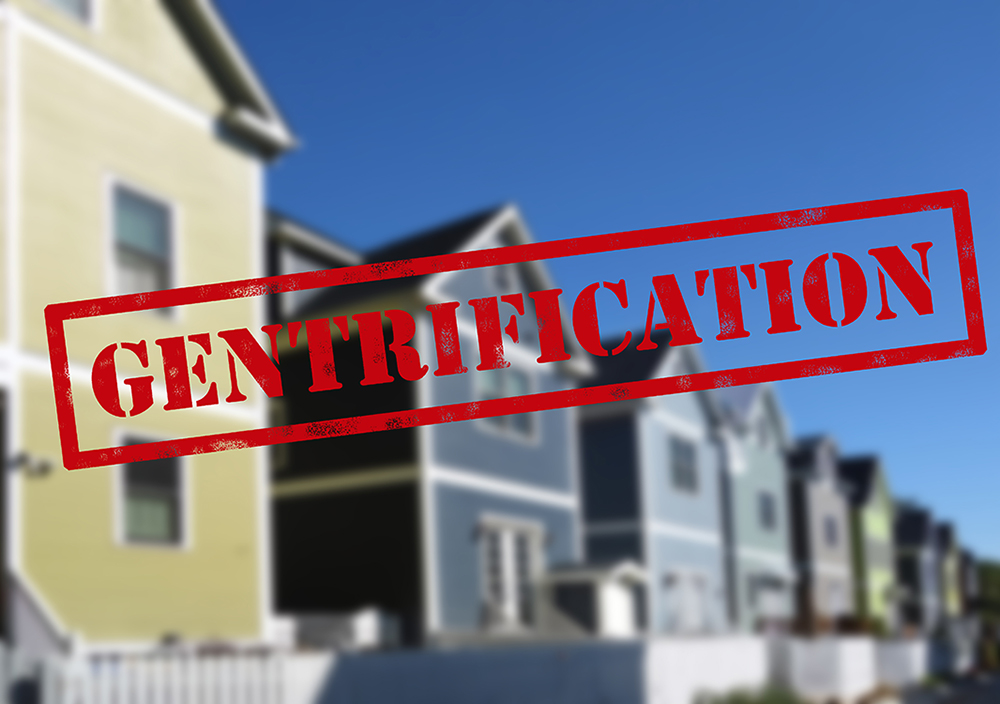The pluses and minuses of gentrification is a controversial topic in the space of urban development that was actually coined in the 1960s in London, England. Ultimately, it was built upon the concern and fate of low-income residents that are displaced by new upper-class arrivals. Much to do with the phenomenon involves demographic shifts, real estate and land use along with social and cultural change in a particular neighborhood or area. Many may beg to differ there are more cons than pros to this shift. While others would argue that renovated buildings, parks, schools, jobs, and business services are good and progressive. Crime rates decrease while property values increase, in addition to a more multi-ethnic diversification versus a non-diversified area. As Charleston continues to blossom, are these top of mind ideas? Racial and class tensions are the biggest cons argued by some along with the forced migration of the original or indigenous residents. Discriminatory behavior toward color exclusion, expensive housing, higher property tax, substantial rent increases are many of the negatives voiced by residing locals.
Per the market supply and demand, investors naturally sweep in to earn dividends on this cycle happening across America. Well financed individuals and conglomerates take interest in this opportunity. Most importantly, gentrification affects more of our elderly and fixed income citizens leaving them with a loss of family, friends and a vanishing community they once knew. If opinions are based upon some facts than necessary discussions are overdue about this common, controversial topic and situation. Gentrification will continue to occur but will be challenged to include policies that value community input and equitable solutions for both sides.
